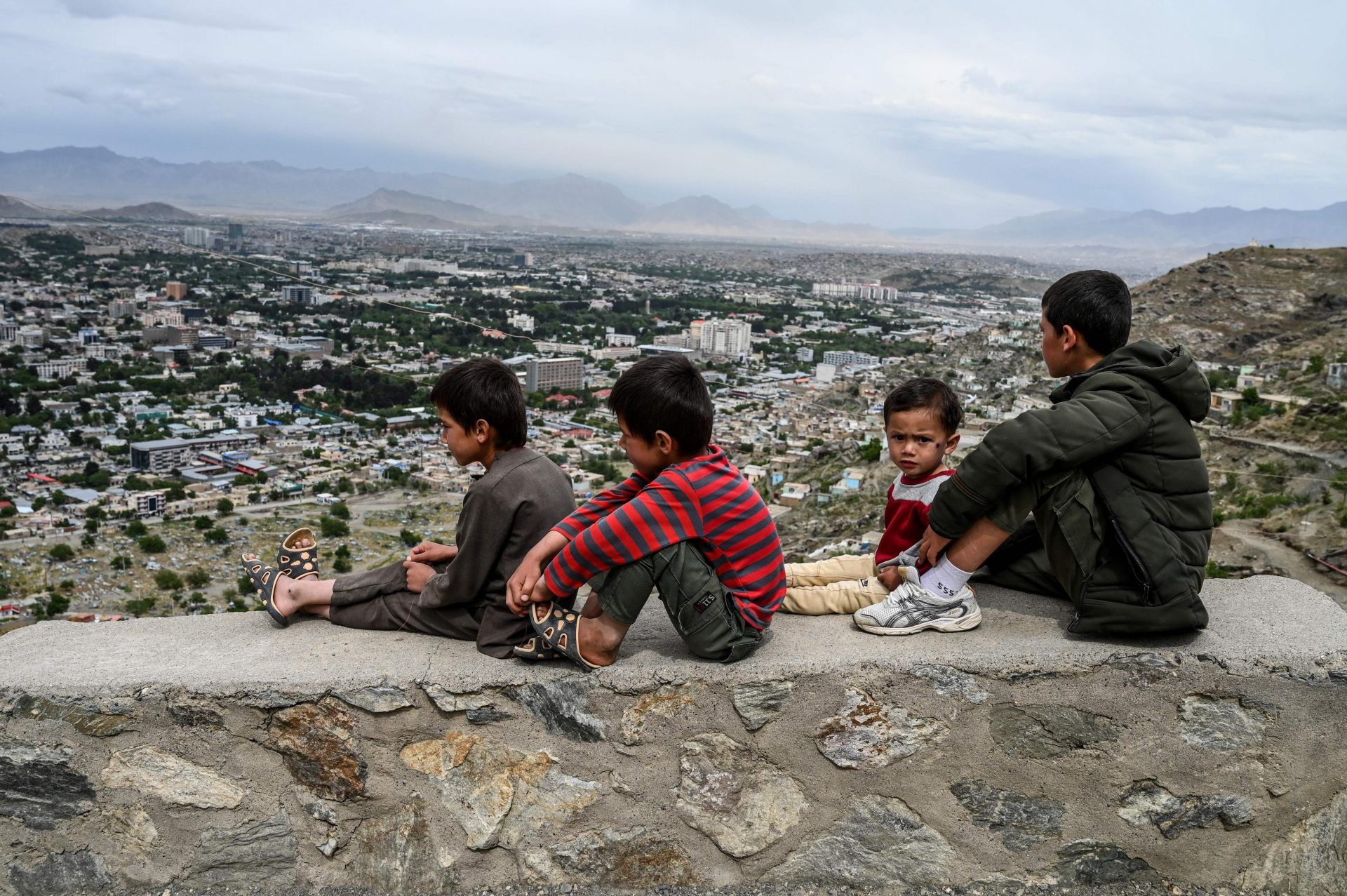In contemporary Iran, the most used language is Farsi, which is spoken by about 55% of the population. The language’s name is simply the modern Farsi word for ‘Persian’.
In neighbouring Afghanistan, Dari is spoken natively by perhaps 50% of the population and is also used as a lingua franca throughout the country. And in neighbouring Tajikistan, mother-tongue speakers of Tajik form more than 80% of the country’s population. A significant proportion of ethnic Tajiks in Afghanistan also identify their mother tongue as being Tajik.
In fact, though, Farsi, Tajik and Dari are all the same language – they are basically different varieties of Persian, and are not even especially different from each other.
Dari always used to be known as Farsi in Afghanistan until certain Afghan politicians, who were mostly not mother-tongue Persian speakers, decided to rename it. (This was a little bit as if politicians in the United States decided, for reasons to do with patriotism and American nationalism, that the majority language in the USA should in future be known as “American” rather than “English”.)
Very many Afghans still call their language Farsi, wishing to continue to signal their historical and cultural ties to Iran and unwillingness to give in to political pressures to change.
The second-largest language in Afghanistan is Pashto. Both Persian and Pashto are members of the Iranian branch of the broader Indo-Iranian language family (which also includes the languages of Northern India, such as Hindi and Bengali). Persian is classified as a Western Iranian language, while Pashto is an Eastern Iranian language and is not mutually intelligible with Dari.
Like Dari, Pashto is one of the official languages of Afghanistan, where it is also the language most associated with the Taliban, the majority of the original Taliban grouping having been Pashtuns. Outside of Afghanistan, Pashto is also the second-largest language in Pakistan (after Punjabi).
Afghanistan is a truly multilingual country, having many bilingual and trilingual citizens and embracing very many different languages, including several smaller members of the Iranian language family.
But the other languages in Afghanistan with the most speakers – Turkmen and Uzbek – are not members of the Indo-Iranian family, and indeed are not even IndoEuropean: they are Turkic languages.
Turkmen, which is rather closely related to Azerbaijani and Turkish, is the majority and official language of neighbouring Turkmenistan, which lies on the eastern shores of the Caspian Sea and has a long border with northwestern Afghanistan.
Uzbek is the official language of Uzbekistan, which is situated to the east of Turkmenistan and has a border with northern Afghanistan. It is rather closely related to the Turkic language of the persecuted Uyghurs of northwestern China (and neighbouring areas of Kazakhstan).
Afghanistan also has a sizeable population of Brahui speakers, which is remarkable because Brahui is a member of the Dravidian language family. Apart from Brahui, all the other Dravidian languages (the major ones being Tamil, Kannada, Malayalam and Telugu) are spoken about 1,300 miles away in southern India, separated from the Brahui-speaking area by the whole of the South Asian peninsula.
How the Brahui language made its way so far to the north, to Afghanistan – if that is indeed what happened – is one of the most intriguing of all unsolved historical-linguistic mysteries.
Peach
Our modern word for the fruit peach comes from Anglo-Norman peche, from Old French persche, which descended from Latin persicum, originally persicum malum ‘Persian apple’. Originally from northwestern China, the peach was called persicum because it was initially widely cultivated in Persia, where the first peaches to arrive in Europe originally came from.




